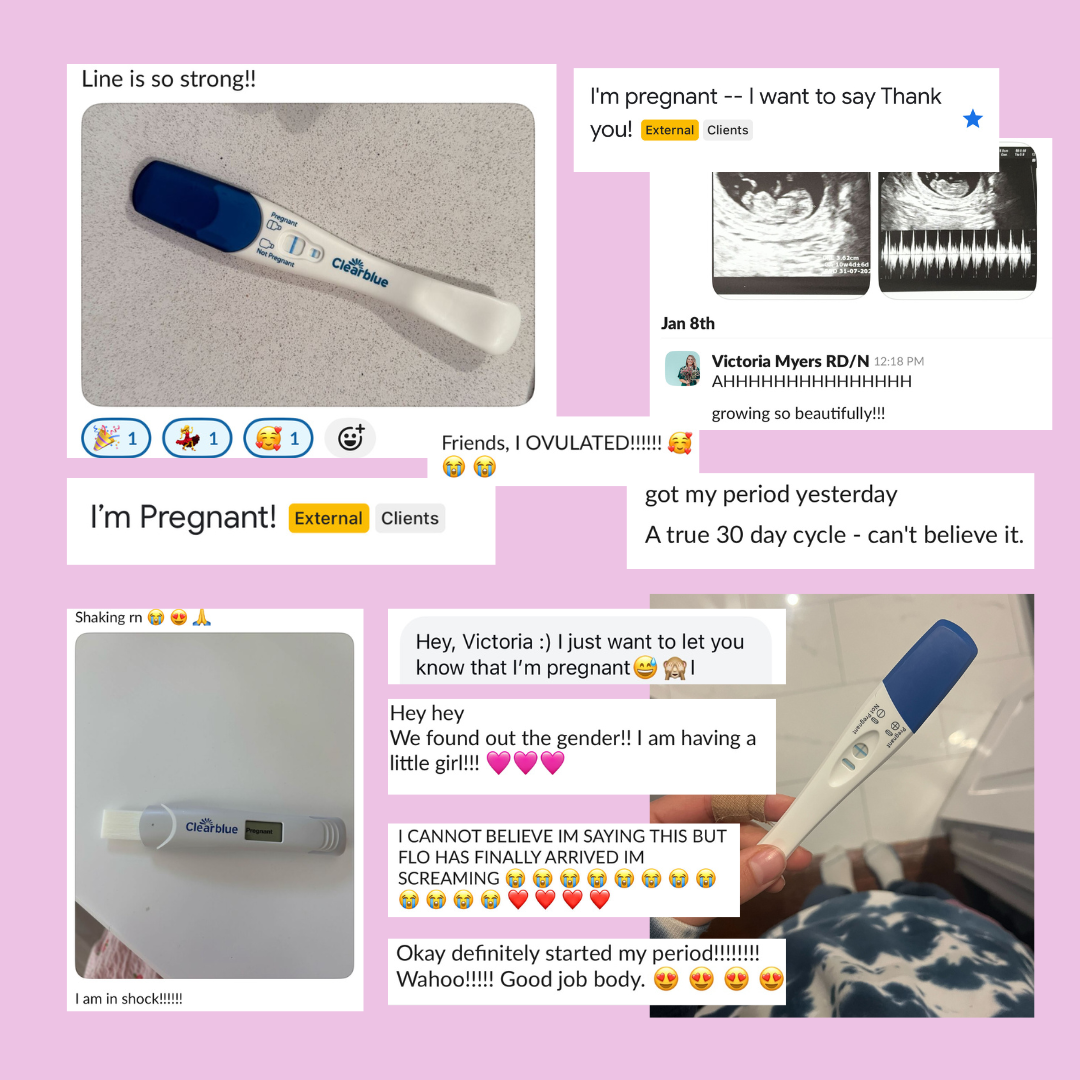Get Your Period Back and Finally Get Pregnant—Naturally
You’ve built the perfect wellness routine—clean eating, consistent workouts, all the supplements. But your period is still missing… and so is the positive pregnancy test you've been dreaming of. It's your turn to join the hundreds of women who have restored their fertility, without giving up exercise or obsessing over weight gain.

